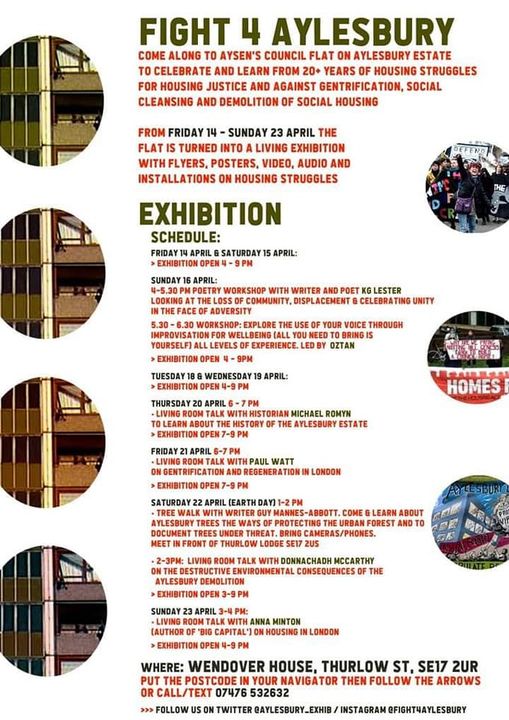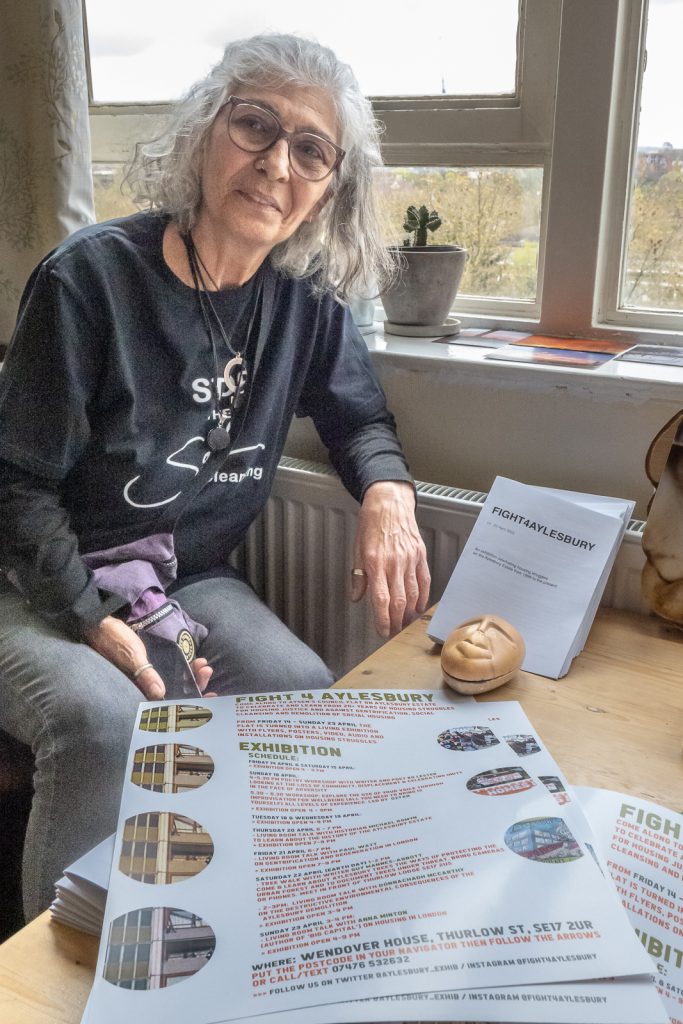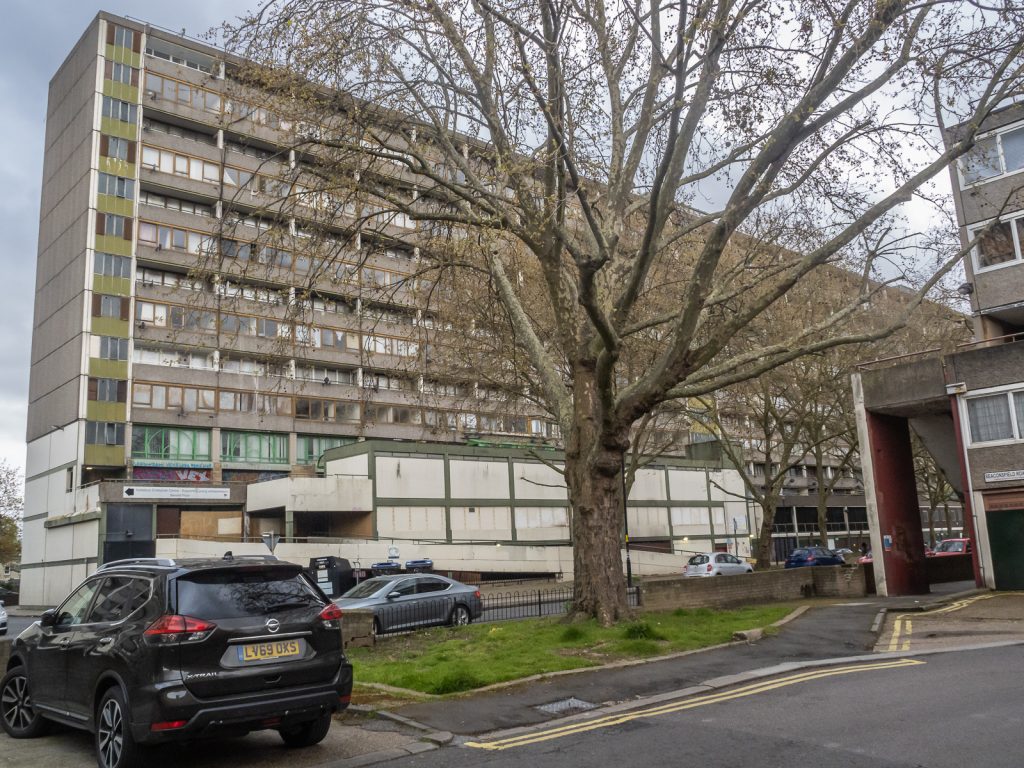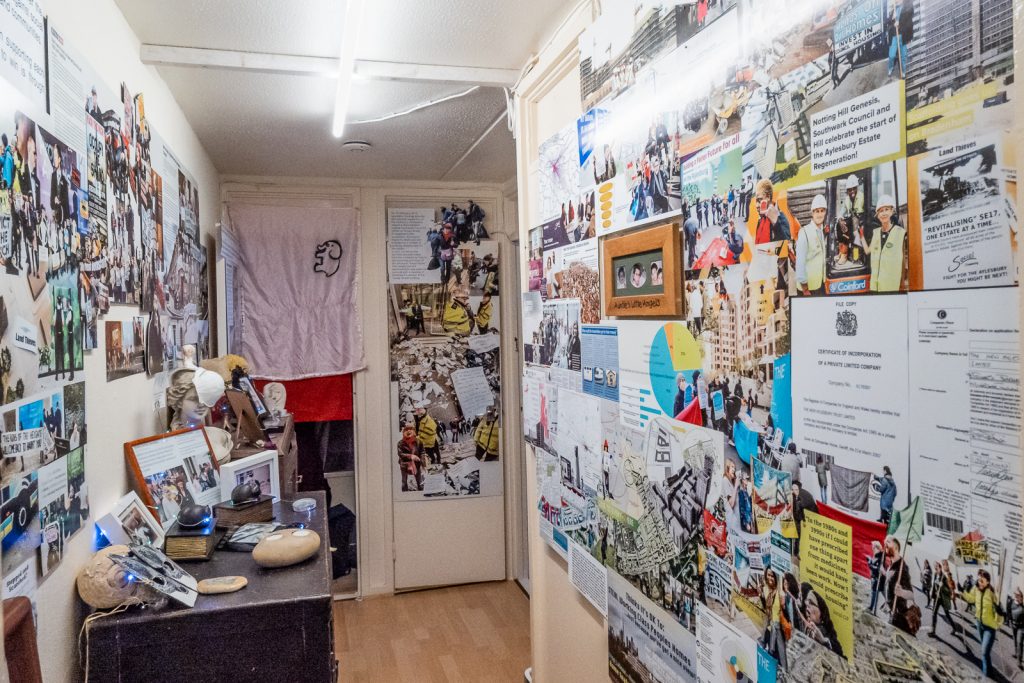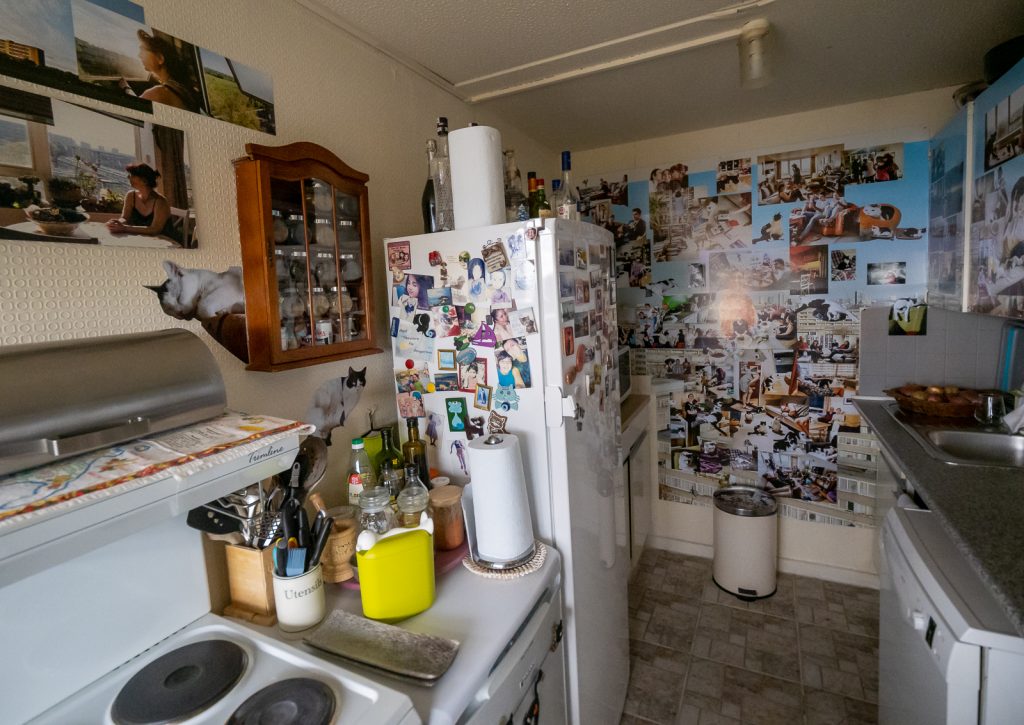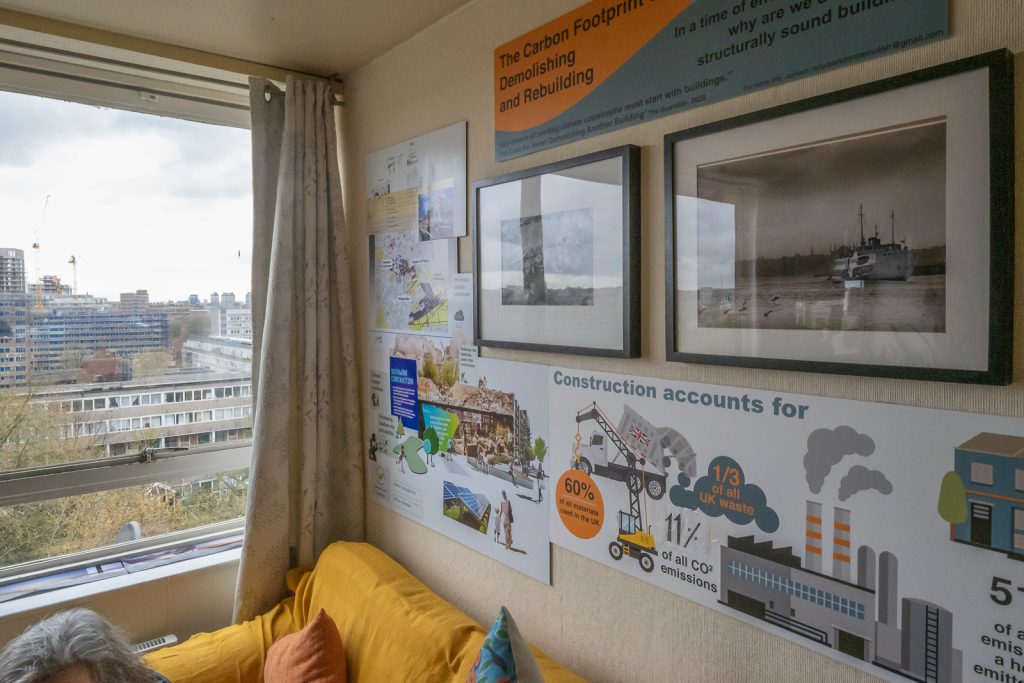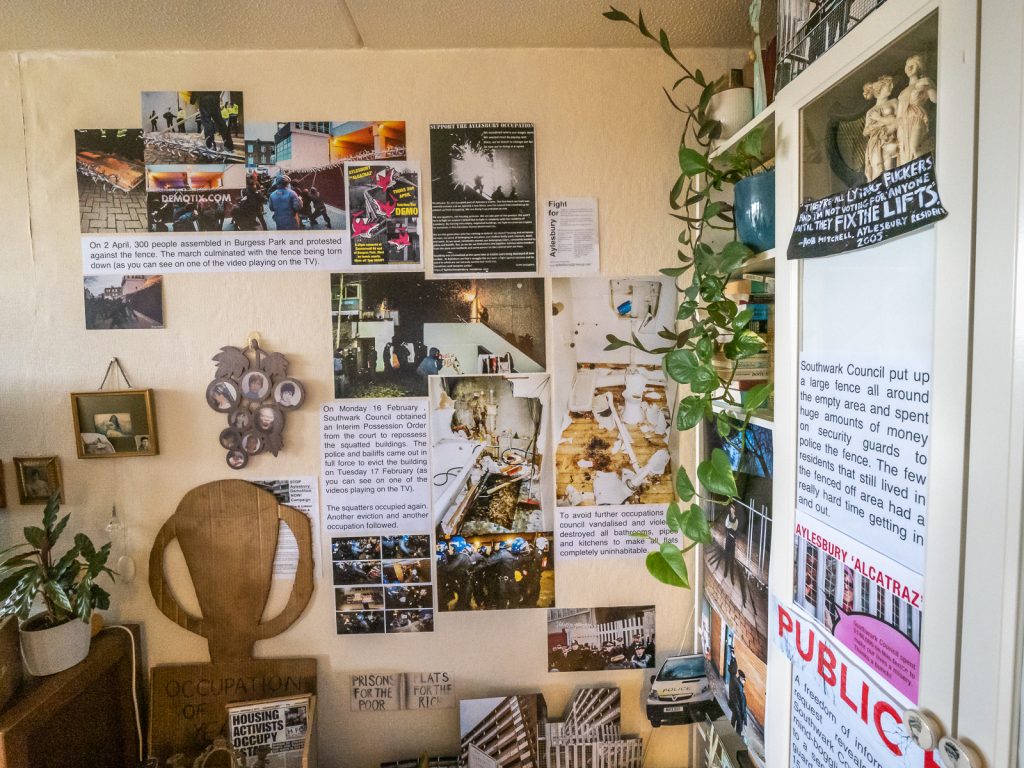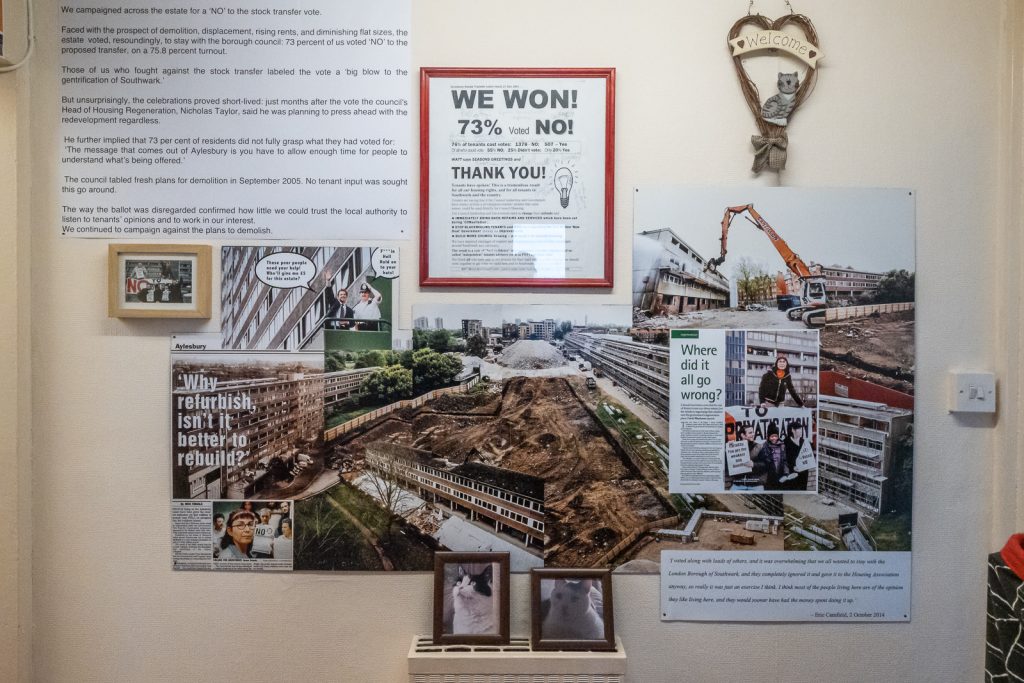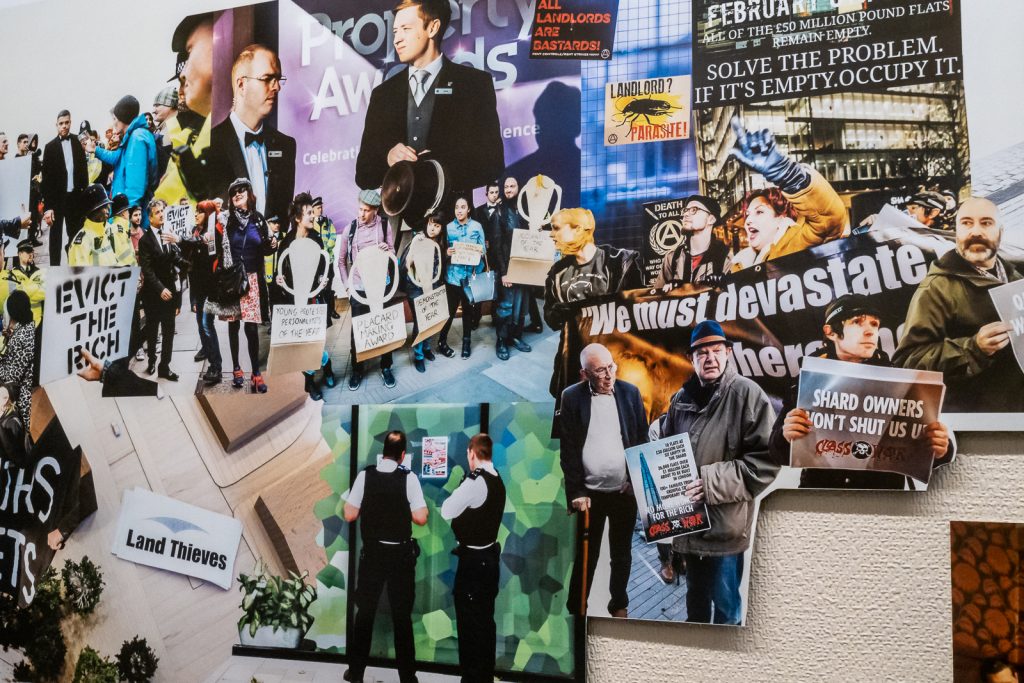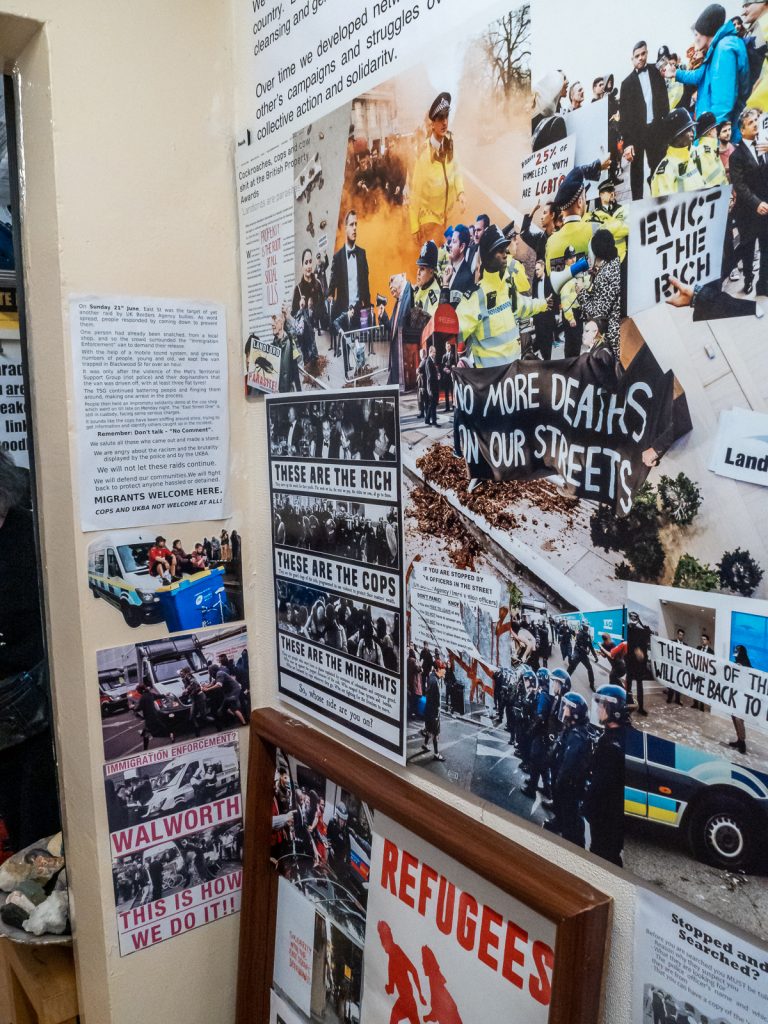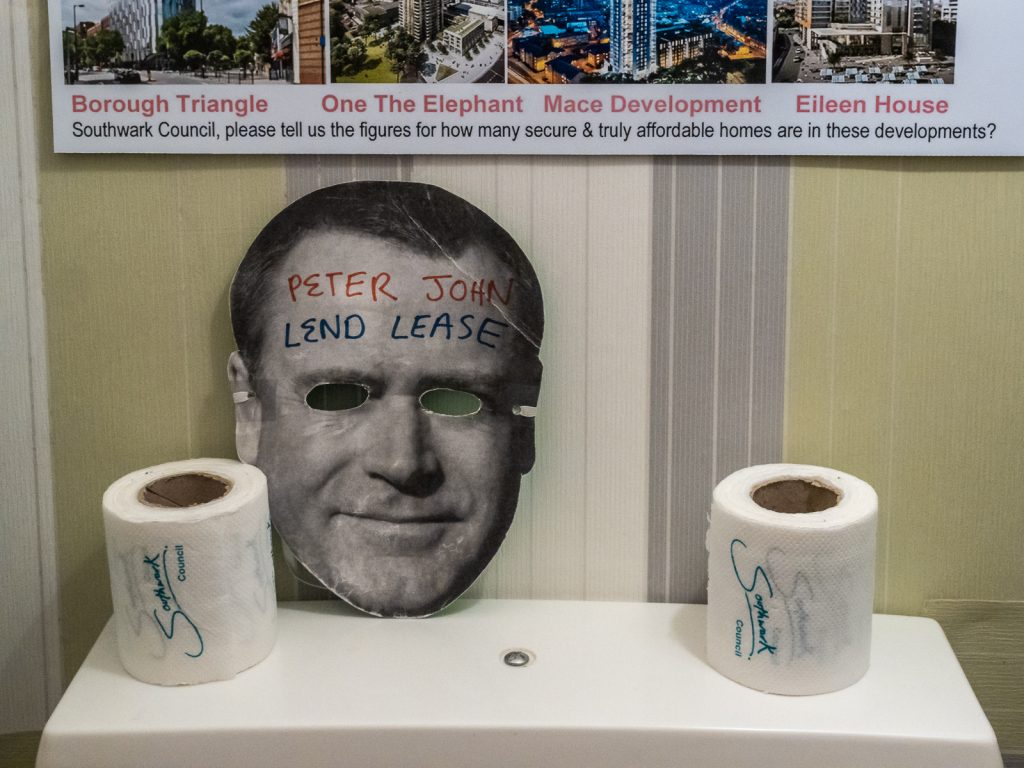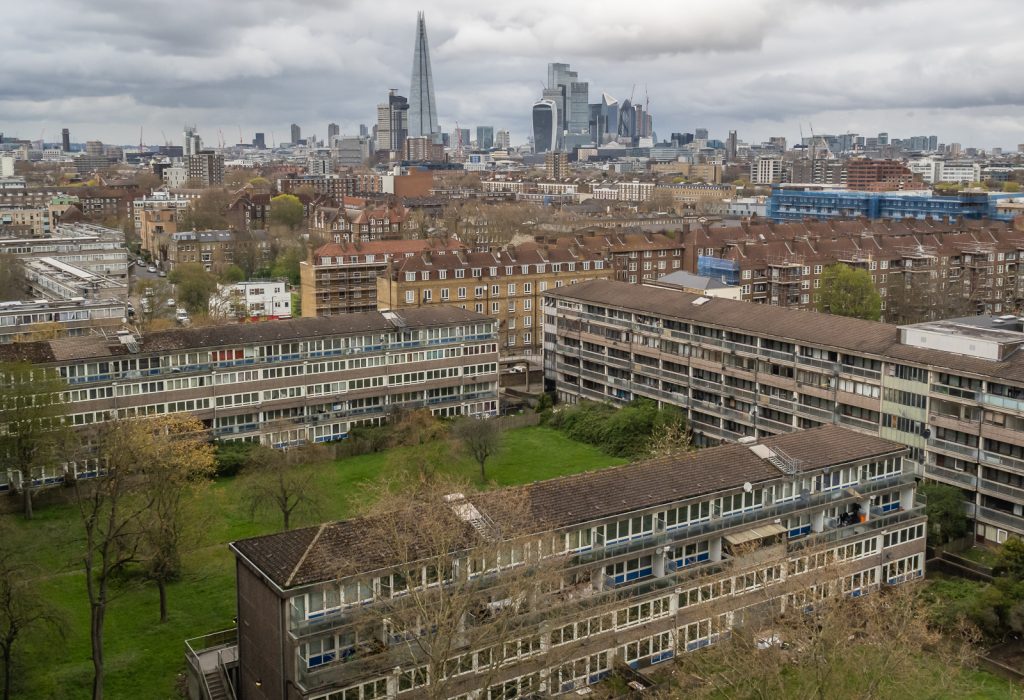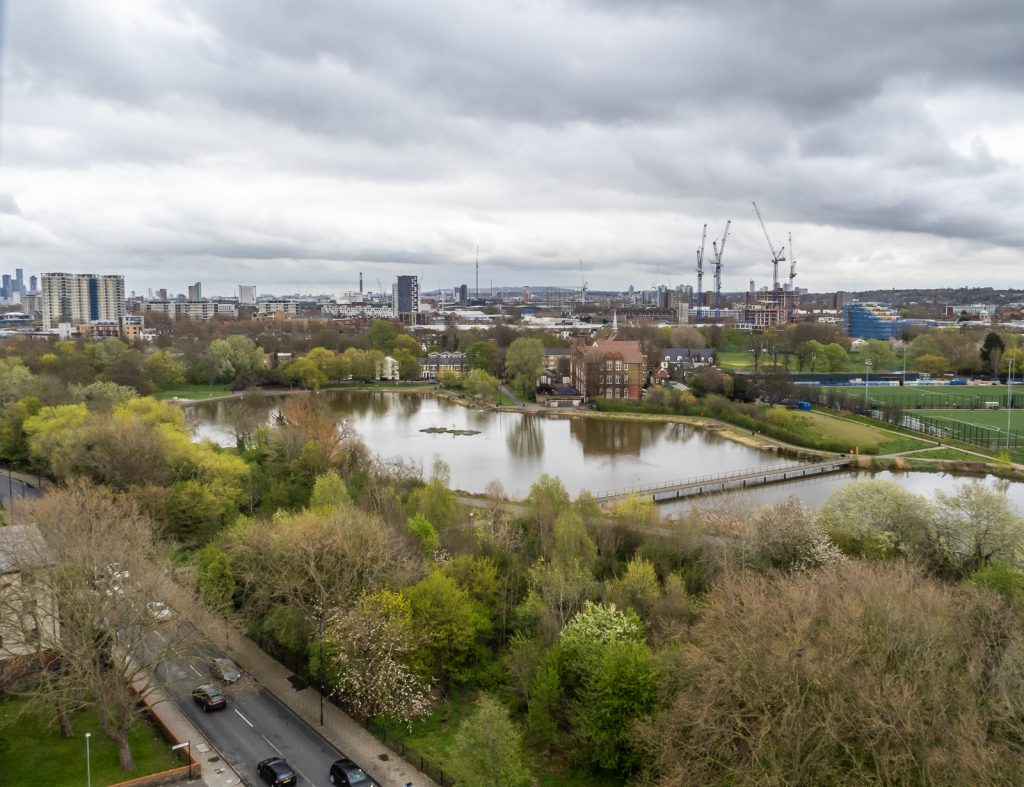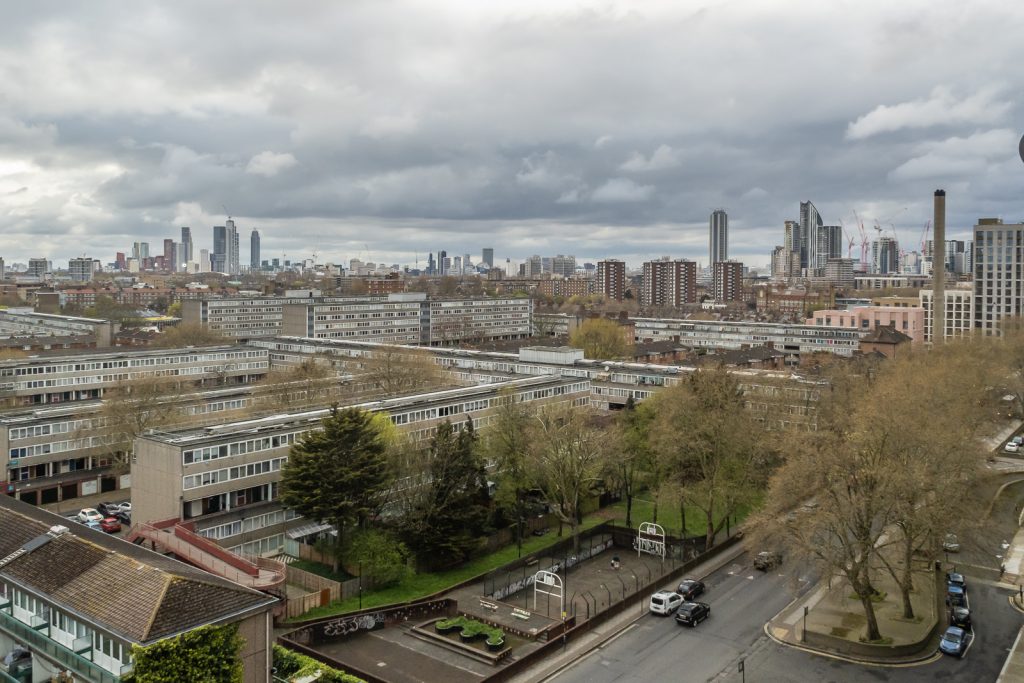2012 Olympics – Lund Point Holdup By BBC: Eleven years ago on Saturday 21st July much of the nation was eagerly awaiting the start of the 2021 London Olympics. I wasn’t, though I was at least starting to think it wouldn’t be long before it was all over, but we still had it all to put up with. All the pictures in this post were taken at events around the area that day.
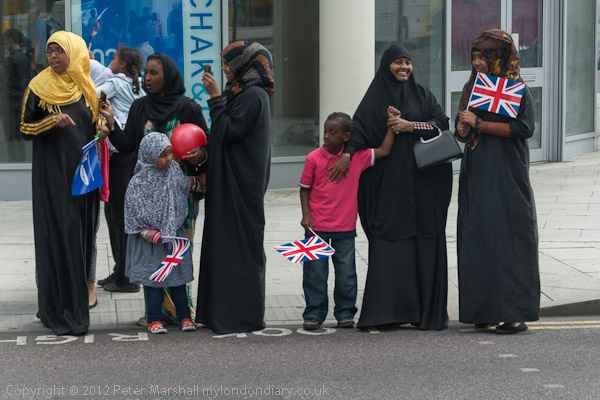
Many still regard it as having been a great national event, bringing people together, but I still find it hard to have many positive thoughts. Like another major event, most of the promises we were made about its legacy have turned out to be false. Many were clearly lies from the start, and a huge attempt was clearly made to mislead the public, with our newspapers and broadcast media playing a major and continuing role.

On the streets of east London there were many critics and sceptics from the start, many like me who were surprised and alarmed when the bid was won in 2005. Most of their worse fears have since come to pass and the local area has seen little gain.
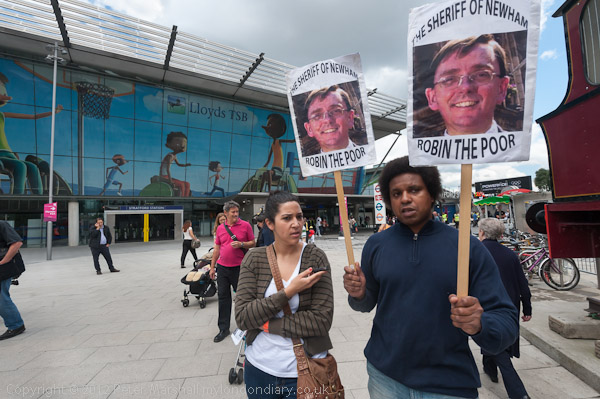
Newham remains an area with huge housing problems, and it was some of those that took me there on Saturday 21st July 2012, specifically over the council’s terrible treatment of the Carpenters Estate, a once popular council estate adjoining Stratford Station.
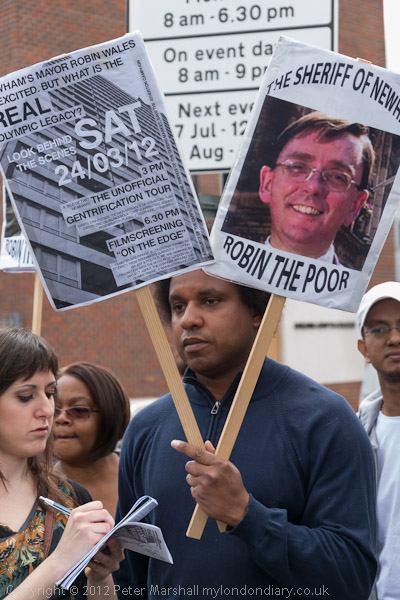
It’s location made it a valuable prey for developers and Newham’s elected Labour Mayor, Sir Robin Wales had clearly thought the site was being wasted on its social housing tenants and had begun running it down and ‘decanting’ residents back in 2004. But schemes to sell it off, including one as a new campus for University College London (UCL) were eventually stopped by protests from residents, UCL students and staff and Stratford’s dynamic housing activists, Focus E15.
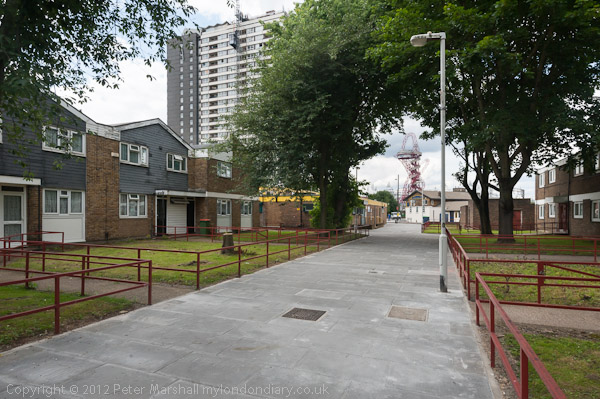
Focus E15 had begun when Newham Council decided to shut down a hostel in central Stratford for single mothers and their children, offering only to move them out of Stratford to distant towns and cities across the UK into poor quality private rented accomodation with no security of tenure and higher rents, some hundreds of miles away from family, friends, nurseries and other support they had in Newham. Robin Wales infamously told them “if you can’t afford to live in Newham, then you can’t afford to live in Newham”.
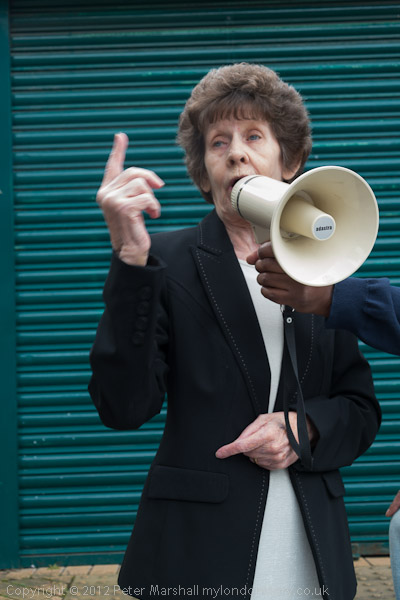
The Focus E15 mothers stood together and fought – and largely won, getting rehoused in the local area. But they decided to continue their fight for others in housing need, particularly in Newham. There story became national news and they continue with weekly stalls on Newham Broadway and a shop not far away.
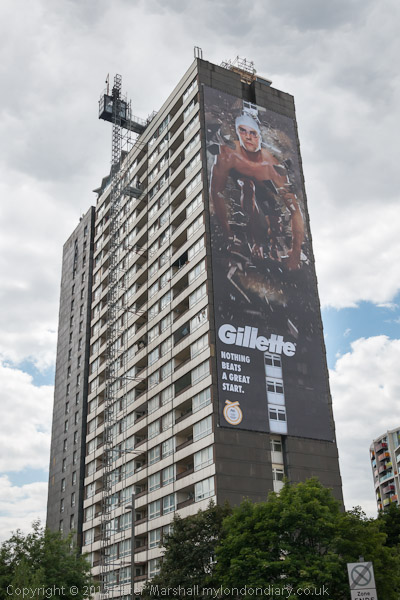
Carpenters Estate residents were shocked when the council in 2011, upset that residents wanted to remain on the estate, decided to fix the elections to the Carpenters Tenant Management Organisation (TMO) by barring freeholders on the estate from standing and simply losing five of the six nominations from leaseholders. Security staff prevented freeholders who had received invitations to the meeting from attending, effectively allowing Newham council to take over the TMO and end any real participation by residents over the esatate’s future.
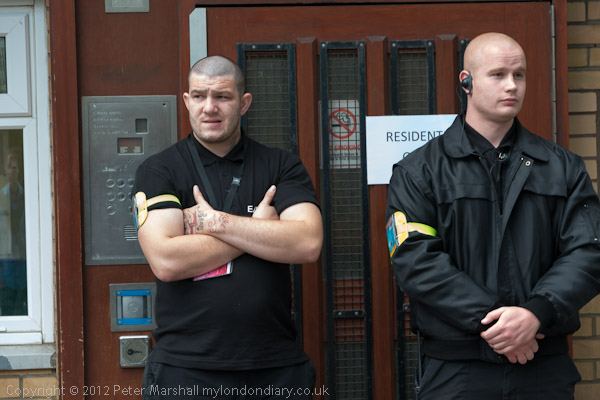
Residents formed Carpenters Against Regeneration Plans (CARP) to challenge the decisions made by the TMO and to get it to fulfil its duties to all residents of the estate, and to fight for the future of the residents and for a sustainable community. In particular freeholders were appalled at the low valuations put on their properties by the TMO commissioned valuation service, with compensation for compulsory purchase often appearing to be only around half of market values for similar propeties in the area.
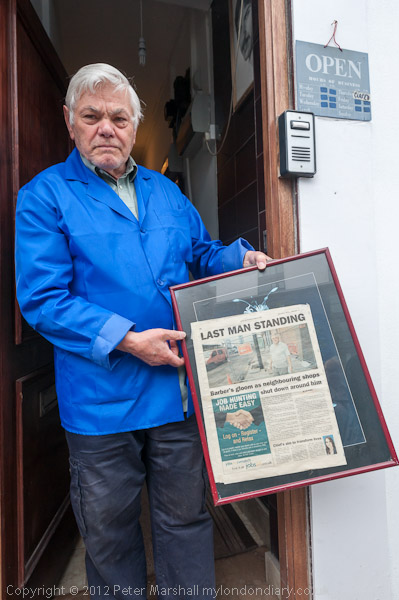
CARP had arranged a number of tours around the estate, and I met with them at Sratford Station, having on my way taken a few pictures of the Olympic Torch Relay which had passed along Stratford High Street earlier in the day, though only watched there by a small handful of people. There were more on a footbridge built for the Olympics across this busy main road, which would have been a small but useful Olympic legacy, but was to be demolished shortly after.
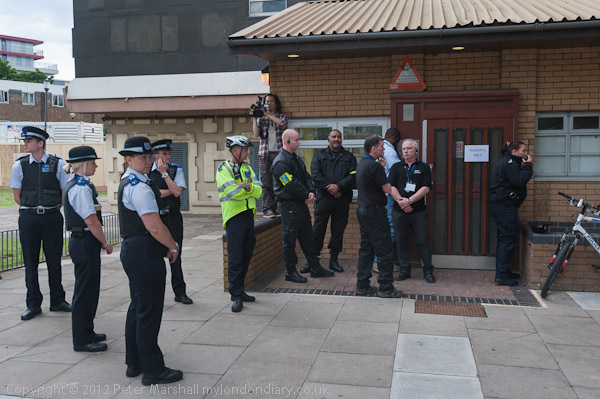
Our tour from the station led by Tawanda Nyabango who lived for many years in one of the tower blocks and several other residents including CARP vice-chairman Joe Alexander talked to us on a lengthy tour of the estate and the nearby Waterworks River, one of several waterways through the Olympic site.
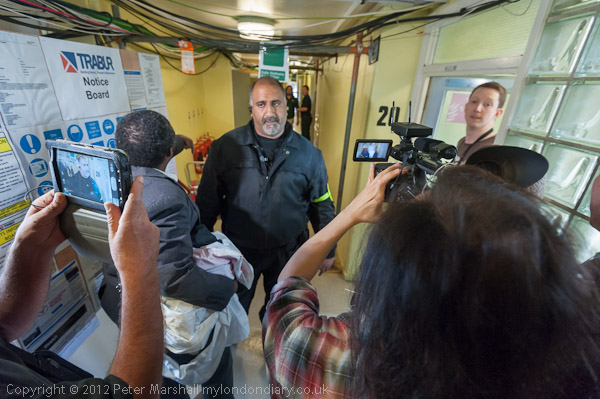
We then tried to visit two more residents living in flats in one of the three tower blocks on the estate, Lund Point. The BBC were setting up in the top five floors of the block for their Olympic coverage, and we were prevented from entering the block by BBC security staff who then brought in police to support them.
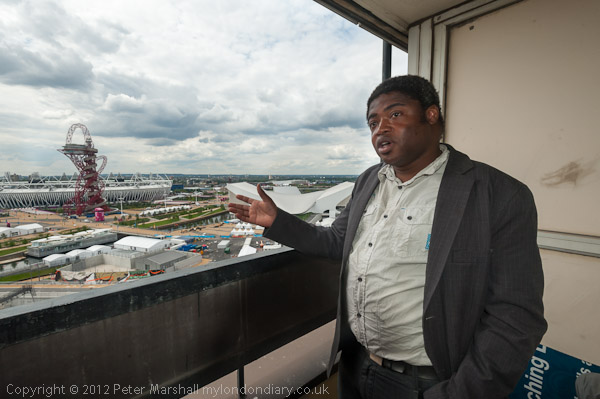
We argued that we had an invitation from the residents, but were still refused entry, until after and hour and a half waiting finally the police officers present received orders that they had no right to refuse our entry and we were finally allowed in.
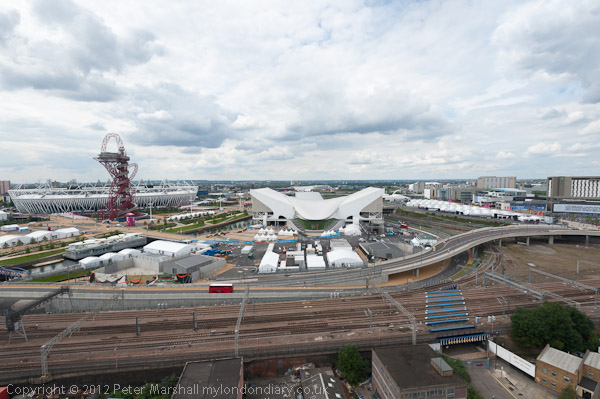
I was able then both to meet the residents and photograph the Olympic site from their windows. The residents of the block have complained strongly about the way the BBC have taken over parts of their building and apparently our holdup was simply one of many incidents. I took rather more pictures including some panoramic views – at Olympic Views though my time here was very limited.
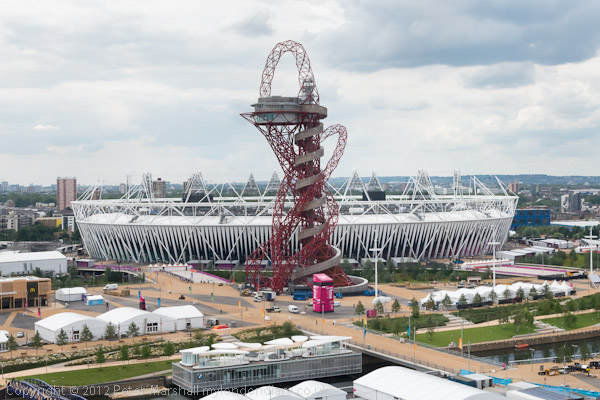
I had intended to finish my day after the Carpenters Estate tour with a visit to the Open Day taking place at Cody Dock on Bow Creek, and I hurried there from Stratford. But because of the holdup at Lund Point, the events there had ended by the time I arrived, and I took a few pictures and left for home.
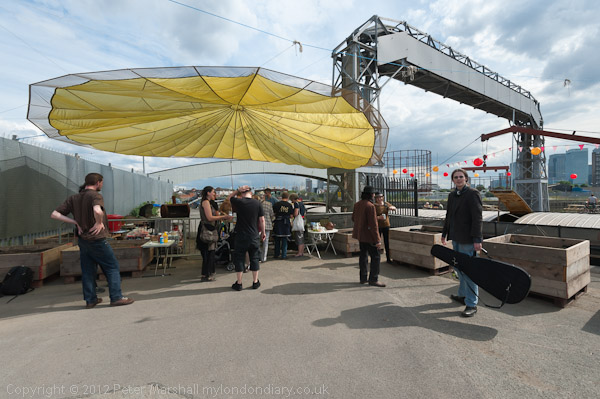
Robin Wales is no longer Mayor, eventually being forced out despite his attempts to manipulate votes to remain in office. Under the replacement Labour Mayor there are new plans for the Carpenters Estate though Focus E15 are still campaigning for the repair, refurbishment and repopulation of the estate with long-term council tenants.
Much more about all these events on My London Diary:
Olympic Flame at Stratford 6 Days Early
Newham’s Shame – Carpenters Estate
Police Deny Olympic Residents Access
Olympic Views
Cody Dock Open Day
I originally posted this on 21st June when it should have been posted on 21st July.
